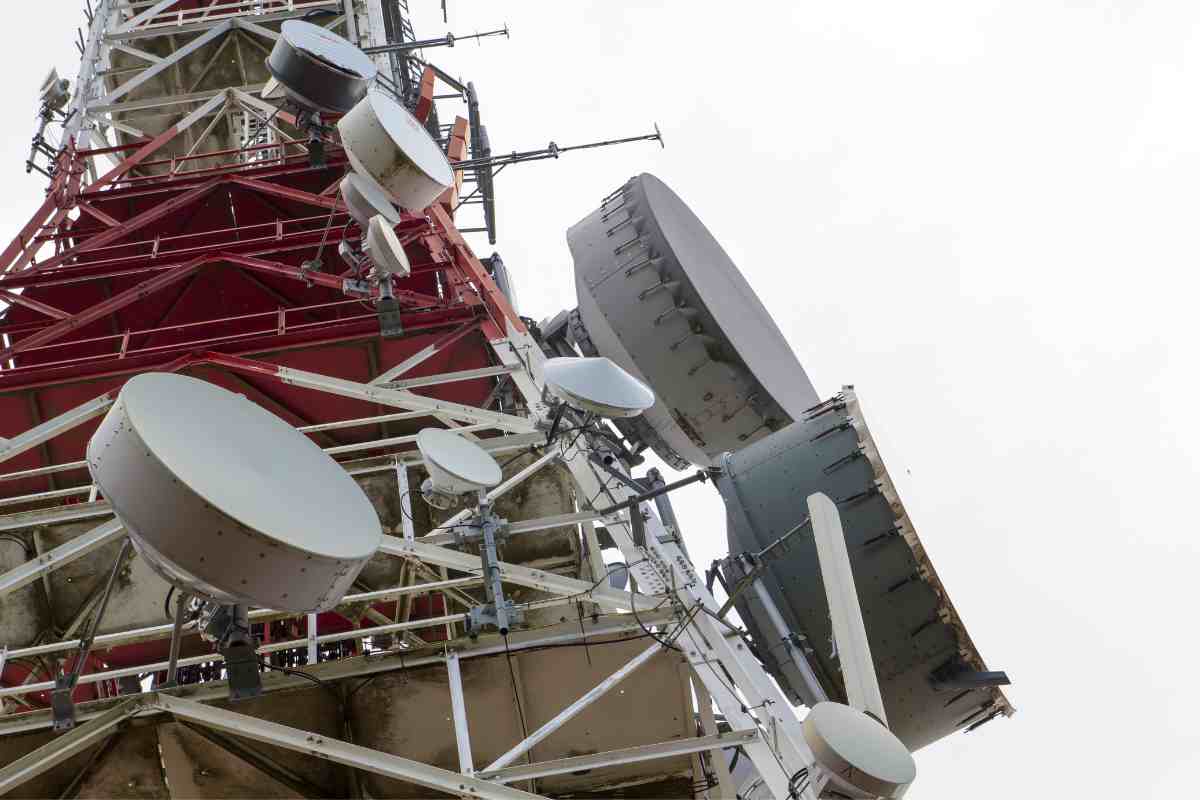India has one of the largest prepaid mobile subscriber bases in the world. Along with that, the data rates are cheapest in the world. The Indian telecom operators have been suffering because of the low prepaid tariffs. It is a general consensus of the industry experts that the prepaid tariff hikes would only be the solution for the telcos to get better returns on their investments. What’s strikingly clear now is that without prepaid tariff hikes, none of the telcos would be able to scale their business fast and in a meaningful manner for their investors. Read More - Airtel Brings a New Rs 35 Data Plan for Prepaid Customers
What will Happen if the Tariff Hikes Don’t Come Soon?
Reliance Jio, the telecom operator with the largest wireless subscriber base in India, hasn’t seen a significant rise in quarterly net profit. Just take this into consideration - for Q1 FY23, Jio’s net profit was Rs 4530 crore, and in the following quarter (Q2 FY23), the telco reported a net profit of Rs 4729 crore. In Q1, Jio’s average revenue per user (ARPU) figure stood at Rs 175.7, and in Q2, it increased to Rs 177.2. It is very apparent that Jio’s net profits couldn’t jump much ahead because the ARPU gain was very marginal. Jio won’t be able to boost its ARPU in the short term without any tariff hike. Let’s talk about Airtel now. Airtel, with the second-largest wireless subscriber base and the highest ARPU. Airtel’s ARPU was Rs 190 in Q2, and the telco reported a net profit of Rs 2145 crore for the quarter. Even if Airtel’s ARPU reaches Rs 200 figure, it would be significantly less considering the return on investments involved. But Airtel can solve that issue by raising the prepaid tariffs and boosting the ARPU to an even higher point than Rs 200. The telco has already taken the initiative to correct tariffs by testing entry-level tariff correction in Haryana and Odisha. While other telcos are yet to follow, ICICI Securities was positive about the move. Read More - Airtel Tariff Hike in Haryana and Odisha a Positive Move: ICICI Securities Both Jio and Airtel would be spending significant money on 5G capex for the next several months. However, the return on the 5G investments would be fairly limited for a long-time. This is because the 5G SA device ecosystem is still growing, and consumers are still a long way from needing 5G as opposed to just wanting to experience it for fun and doing speed tests. Thus, the telcos need to make more money through the 4G customers. The last round of tariff hikes came around December 2021. It has been more than a year, and now the telcos would definitely be looking to hike tariffs to support 4G expansion in rural areas and 5G investments throughout India. Also Read: Vodafone Idea Launches New Plan Silently, Indirectly Reducing Tariffs Vodafone Idea, an ailing private telecom operator in India, also says to raise tariffs but does vice versa with the actions. The telco is indirectly reducing tariffs in both prepaid and postpaid segments. For Vodafone Idea, the need for tariff hike is more than for any other telco and at the same time without network quality there is a higher subscriber churn. Even though Vodafone idea offers some of the cheapest tariffs, its data and voice volumes remains to be low. The year 2023 is make or break for the telco and only time will tell what lies ahead for the telco. Also Read: Vodafone Idea: 2023 Will Be the Year of Make or Break for the Telco
